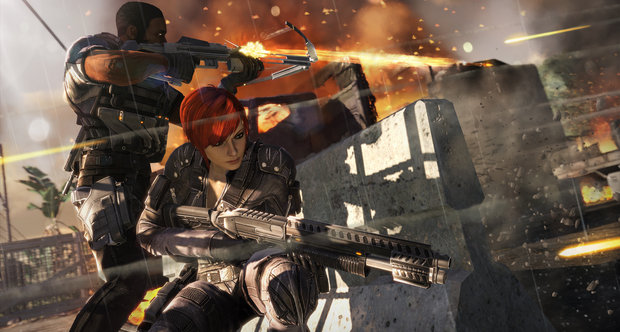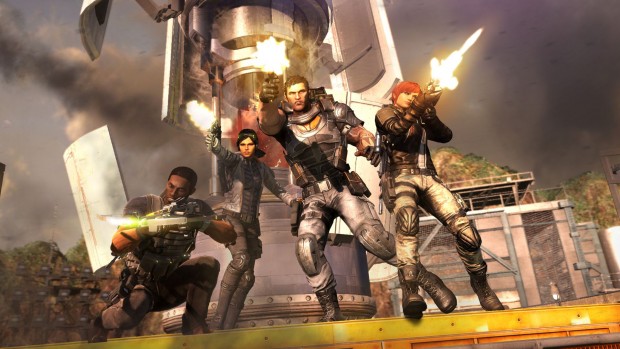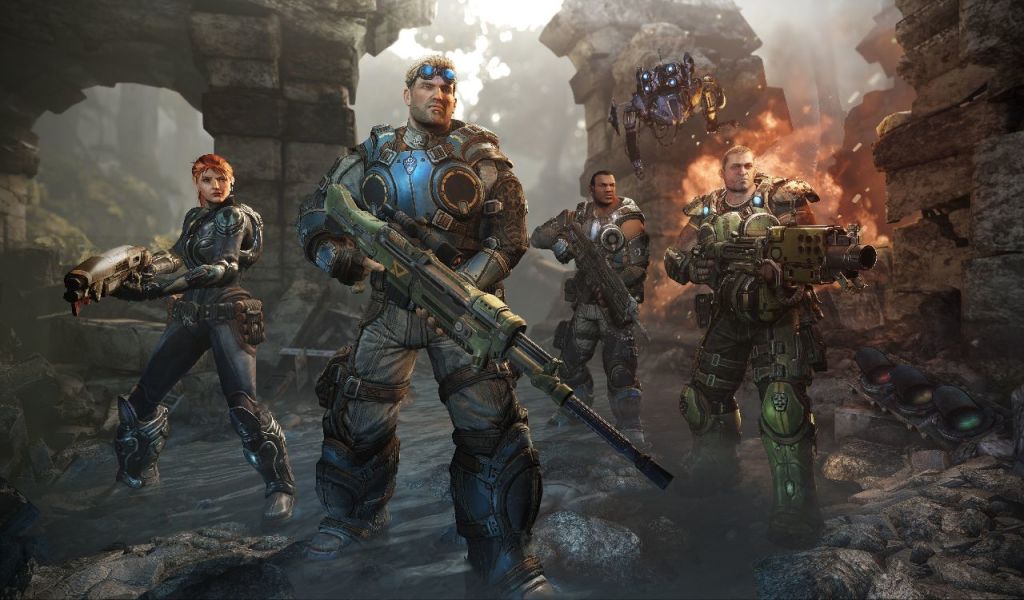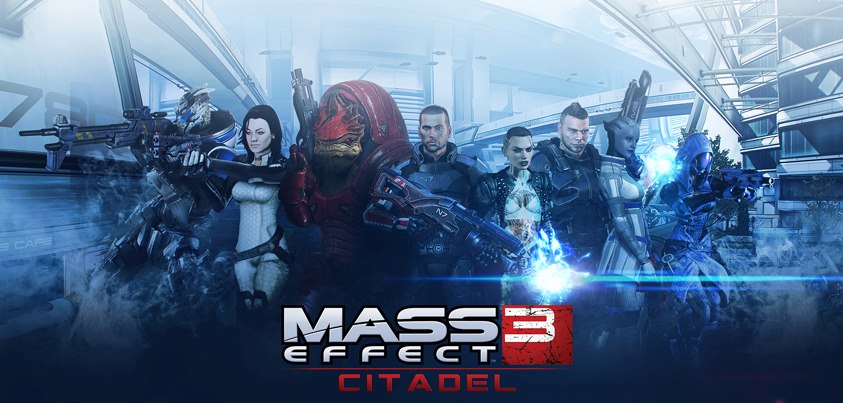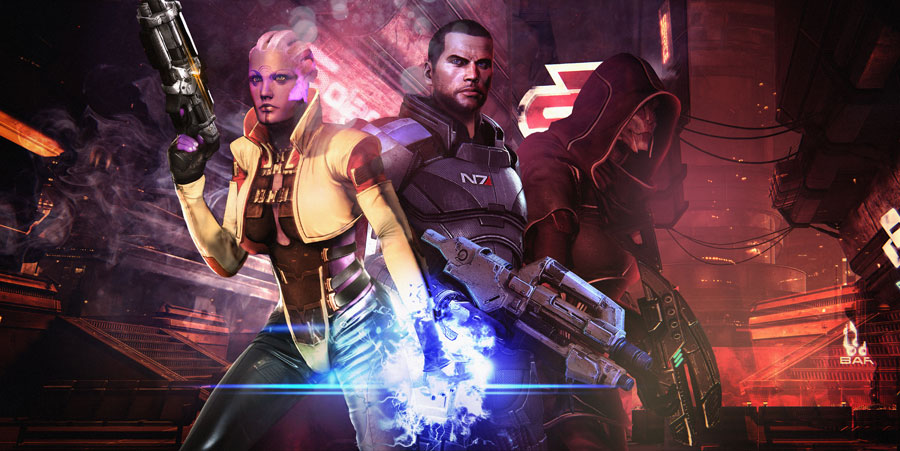Insomniac Games branched away from their PlayStation-only comfort zone to release their first multi-platform game, Fuse, a shooter with co-op properties where players wield alien tech for weapons. It was off my radar until I played the demo, of which I had a ton of fun for that brief 30 minutes.
The story is nothing mind-shattering; it’s a tale of four mercenaries working for Overstrike tasked to go clear out a compromised lab for a client. The lab happens to contain alien tech they call Fuse, which they’ve used to create some pretty fun Xenotech weapons. While there, trying to clean up the mess, the lab is invaded by an evil organization called Raven, who want to use the Fuse for their own diabolical means. The client now wants the team to recover the stolen tech from Raven, and the team is happy to do so as long as the funds pour in and they’re able to keep the Xenotech weapons they, uh, borrowed. Each team member has stolen a different weapon with different abilities that conveniently coincides with their own unique abilities.
This is where the shooter loses its “typical shooter” misnomer.
As each teammate gains experience (several ways to do so), they can unlock their own unique abilities as well as their Xenotech abilities. For example, stealth extraordinaire Naya gains the ability to cloak herself and remain invisible for a few moments. Izzy gains the ability to throw med beacons for her team to heal them, which is absolutely crucial as you progress in the game. Players can “leap” between characters at any given moment (unless the current character they are inhabiting is down for whatever reason) and tap into these abilities to help them out during gameplay. For example, Jacob was my main sniper, so I would leap into him to get a faraway job done and then leap back into my main character, Izzy, so I could focus on shooting and healing my team. Whoever you’re inhabiting at the time will level-up faster than the others, so you will have to choose your characters and how you want to level them up carefully.
The biggest complaint I heard about the game from reviews and social media was that the game was only fun if you played with another person. I never once found Fuse to be impossible to play without a co-op partner. Were some parts really hard due to idiotic team AI? Oh you bet, which really hurt during the final boss fight. I screamed at my team to keep their heads down constantly, and I felt like I was healing them during this portion more than I was doing damage to the boss. I know I wouldn’t have had as difficult of a time if I had partners, simply for the fact that real people would have figured out pretty damn quickly that you keep in cover during certain attacks. Parts like this made certain fights hard, but not impossible, whereas with a game like Epic Mickey: The Power of Two, I felt the game was impossible without a partner.
The final boss fight, however, was really the only instance where I really, really wished I had help. Other situations, where I would have to leap back and forth between characters to maneuver through an area, didn’t bother me at all. Instead of being annoyed that I needed someone for help, I enjoyed learning more about the different characters to get the job done. Again, these situations never once felt impossible to complete alone.
Echelon mode, however, is pretty impossible alone, but that’s really the point of it. Fuse doesn’t have a traditional multiplayer mode, just a co-op mode that resembles Horde mode of Gears of War or even Spartan Ops missions in Halo 4. Unfortunately, I don’t have any friends who own this game, so I wasn’t able to try out Echelon mode in all of its glory. I’m hoping I can convince one or two people to buy it so we can play more Echelon mode or even the campaign on a harder difficulty.
I know reviews have been lukewarm at best for this game, but I liked it as much as I liked Binary Domain, another co-op shooter with an unusual plot and game mechanics. As of this mini-review, the demo is still available on the Xbox 360, so I encourage everyone to at least try it there (even though the demo is ten times harder than the actual game, thanks to the learning curve). The game ended on a lovely cliffhanger, and I would love it if Insomniac Games created a sequel.
